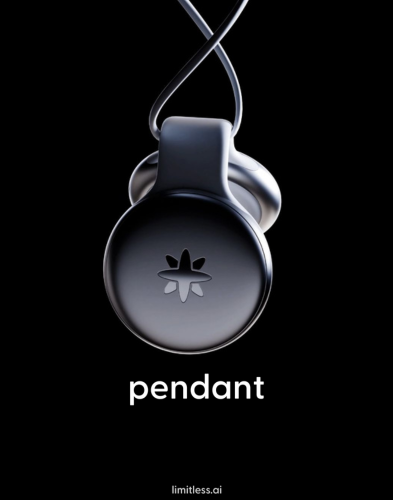Rideshare giant dumps 200 cloudy Macs, saves $2.4 million • The Register

Singaporean super-app company Grab has dumped 200 cloudy Mac Minis and replaced them with physical machines, a move it expects will save $2.4 million over three years.
Grab is Southeast Asia’s leading rideshare and food delivery outfit and therefore needs to build apps for iOS to connect with customers. In a Thursday post, the company explains it builds those apps using Continuous Integration and Continuous Delivery/Deployment (CI/CD) infrastructure that runs on Apple Mac computers.
Taking ownership of our core infrastructure can be a major competitive advantage
The company started with a single on-prem Mac Pro – its post shows 2013’s cylindrical model based around an Intel Xeon processor – but eventually reached over 200 Macs, running in the cloud at an unnamed US cloud provider.
“At the beginning, it was a no-brainer to rent when our demand for macOS hardware increased from 1 Mac Pro to 20 times that size,” Grab’s post explains. “However, when that grew to over 200 machines, the total cost became significant.”
So significant that the company decided to investigate the cost of building its own cluster of Macs in a datacenter closer to its Singapore headquarters.
That effort yielded some nasty numbers, such as GitHub Actions build minutes on macOS being ten times more expensive than Linux, and Apple’s insistence that providers of cloudy Macs must charge for utilization in 24-hour blocks.
Grab’s CI/CD pipeline has daily peaks, and goes quiet on weekends, so paying for a day’s worth of cloudy Mac was obviously wasteful.
The company also considered macOS virtual machines but had prior poor experience of virtual Macs. Grab appreciated that virtual Macs could improve hardware utilization but feared the overhead of a running a hypervisor could harm performance and negate utilization savings.
“This is particularly true for macOS virtualization, where we have observed trade-offs in performance or stability,” its post states.
After crunching the numbers, the company decided to build its own racks full of Mac Minis and house them in a Malaysian datacenter.
“We have got four 42RU (600x1200x42RU) racks housing 200+ Mac minis, plus some spare racks to house upcoming scheduled capacity upgrades,” Grab’s post states. “We rack 2 Mac minis in a row on a mounting tray, typically racking 70 minis in one rack in total. Except for the first rack which requires extra rack units for core switches and firewalls.” Jamf’s Mac management tools allow zero-touch provisioning of new machines once they’re connected to power and Grab’s network.
The post says Grab’s new rig has improved the performance of its CI/CD pipeline by between 20 and 40 percent, and helped it to achieve a projected $2.4 million in savings over three years.
“This project proves that taking ownership of our core infrastructure can be a major competitive advantage, allowing us to deliver faster and more reliably for our users across the region,” the post concludes.
The Register has asked Grab to name the cloud it used to host Macs, but has not received a response at the time of writing. We have found numerous references to AWS being Grab’s cloud of choice, and Jeff Bezos’ rent-a-server outfit does offer cloudy Macs and requires the minimum 24 hour allocation Grab’s post mentions. We’ll update this story if we can identify Grab’s previous source of cloudy Macs.
Grab is not the first to save big bucks by quitting the cloud and instead buying and running its own kit in a colo: Basecamp famously quit AWS and saw its costs fall by millions each year. ®











